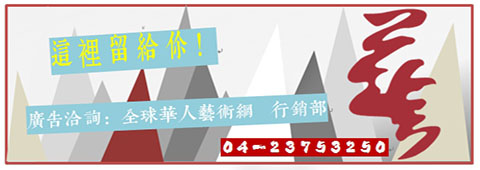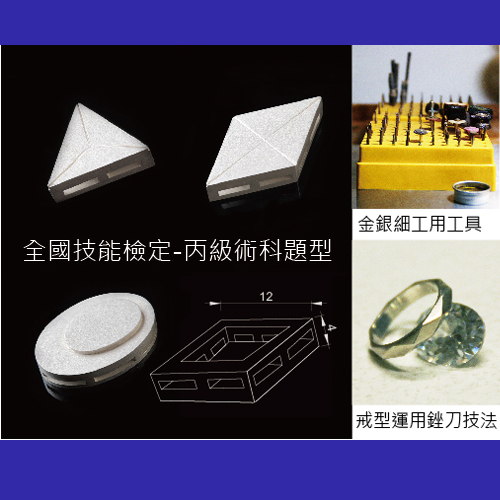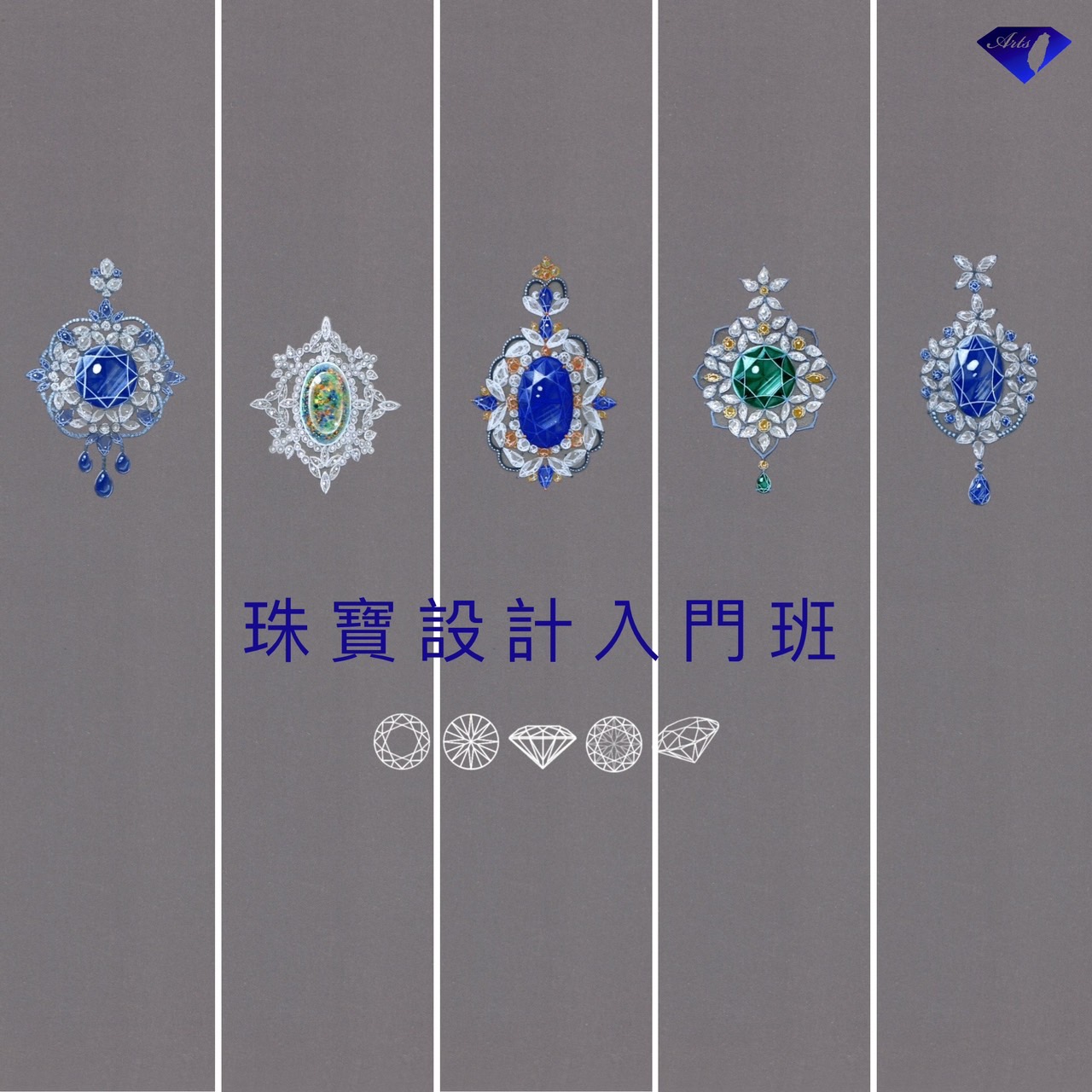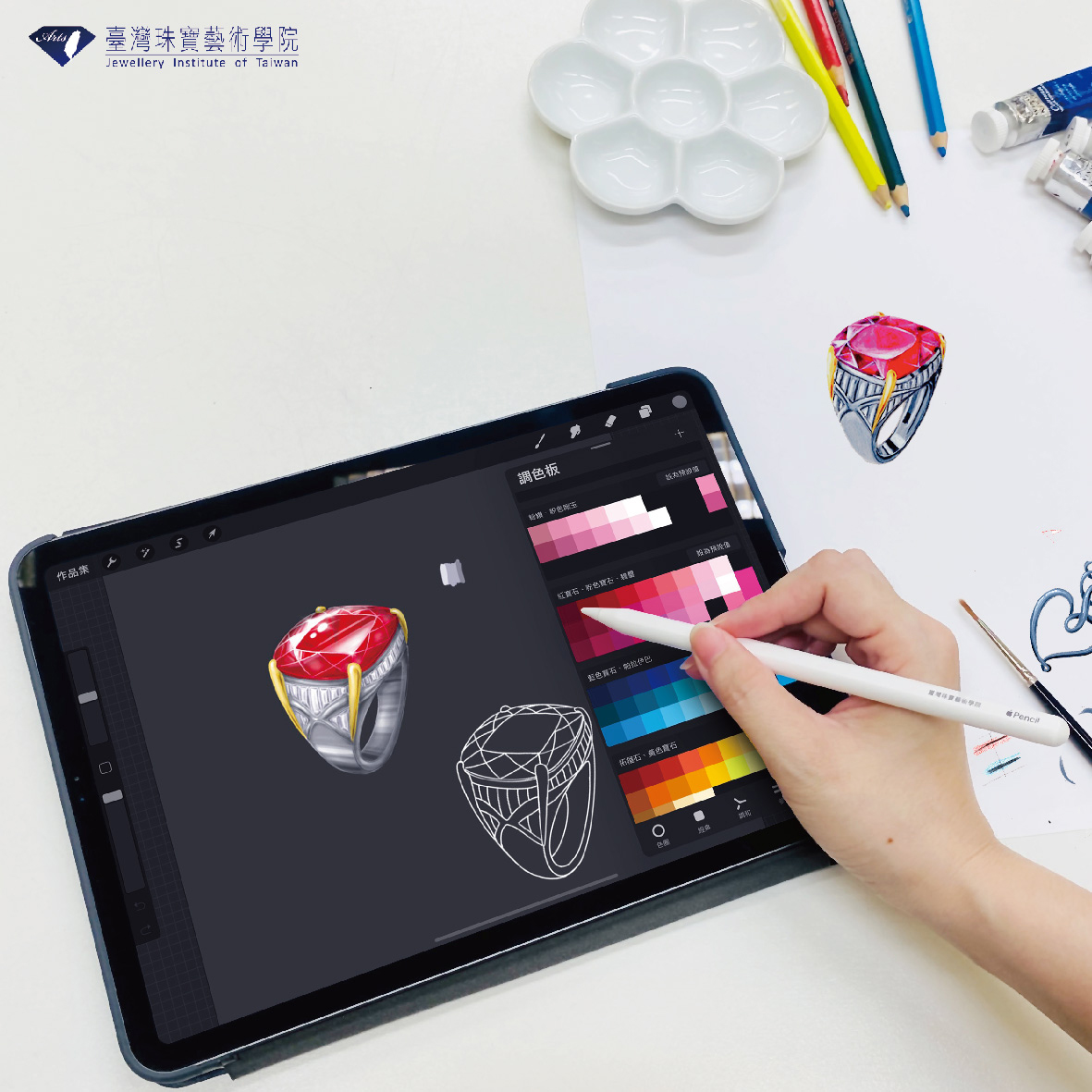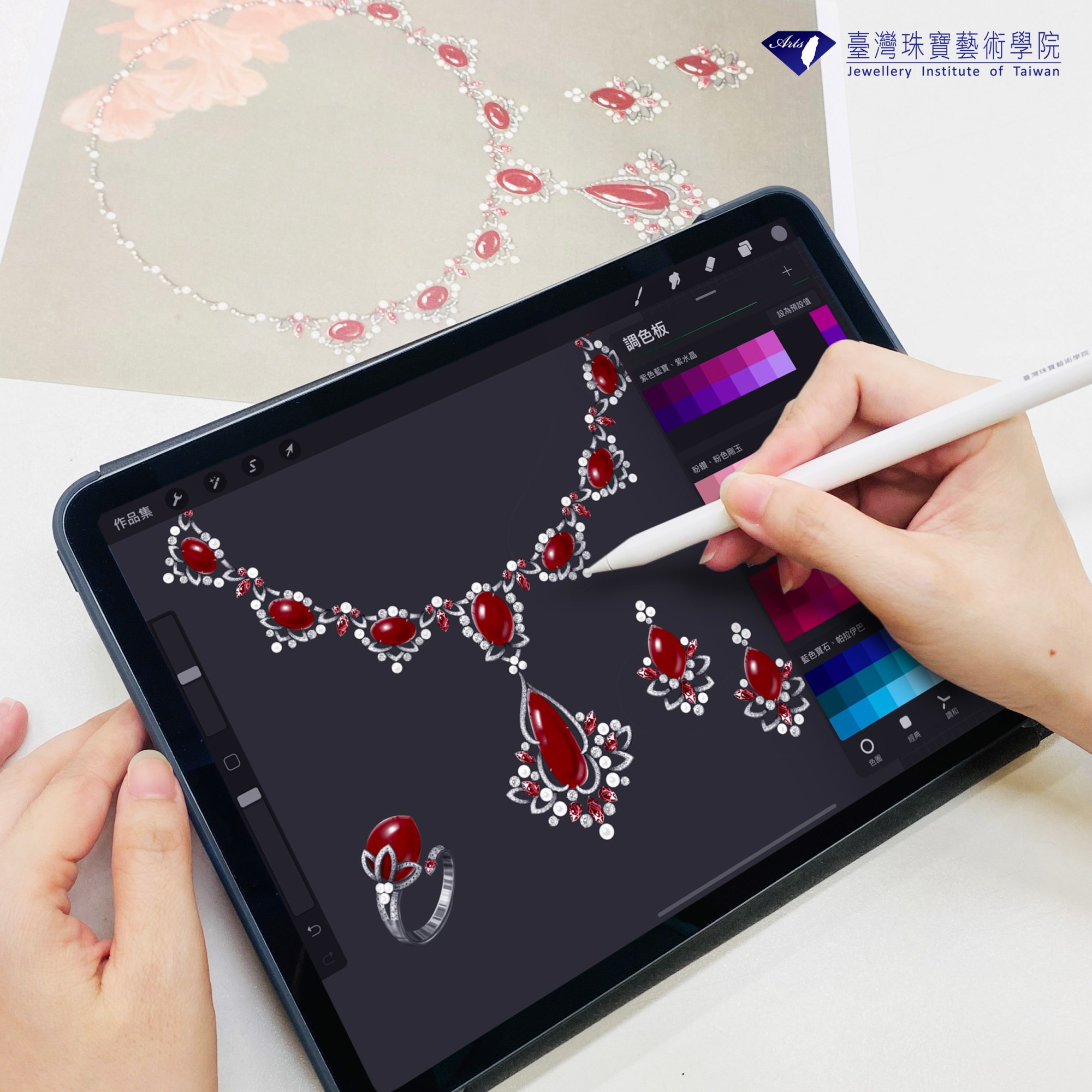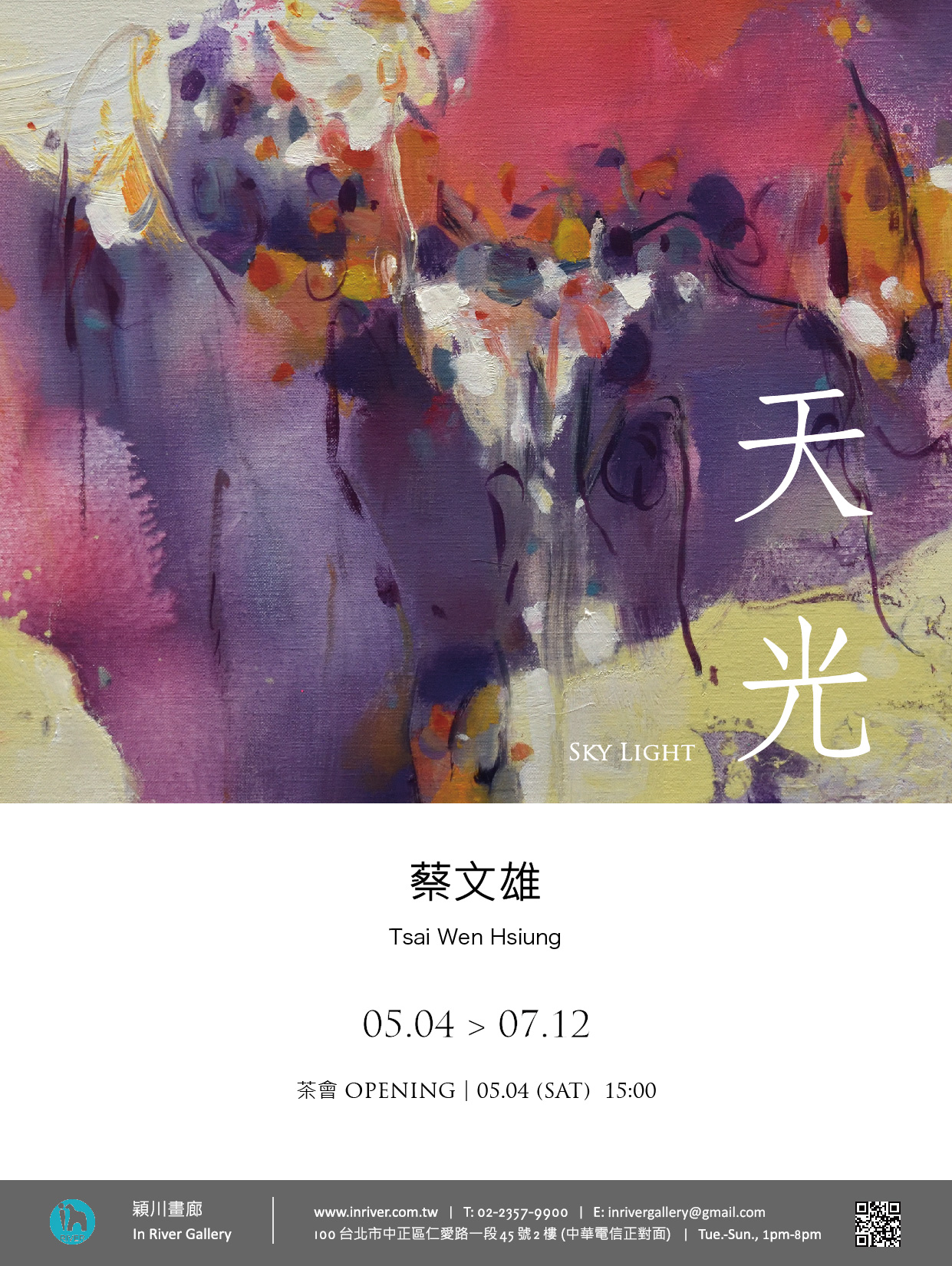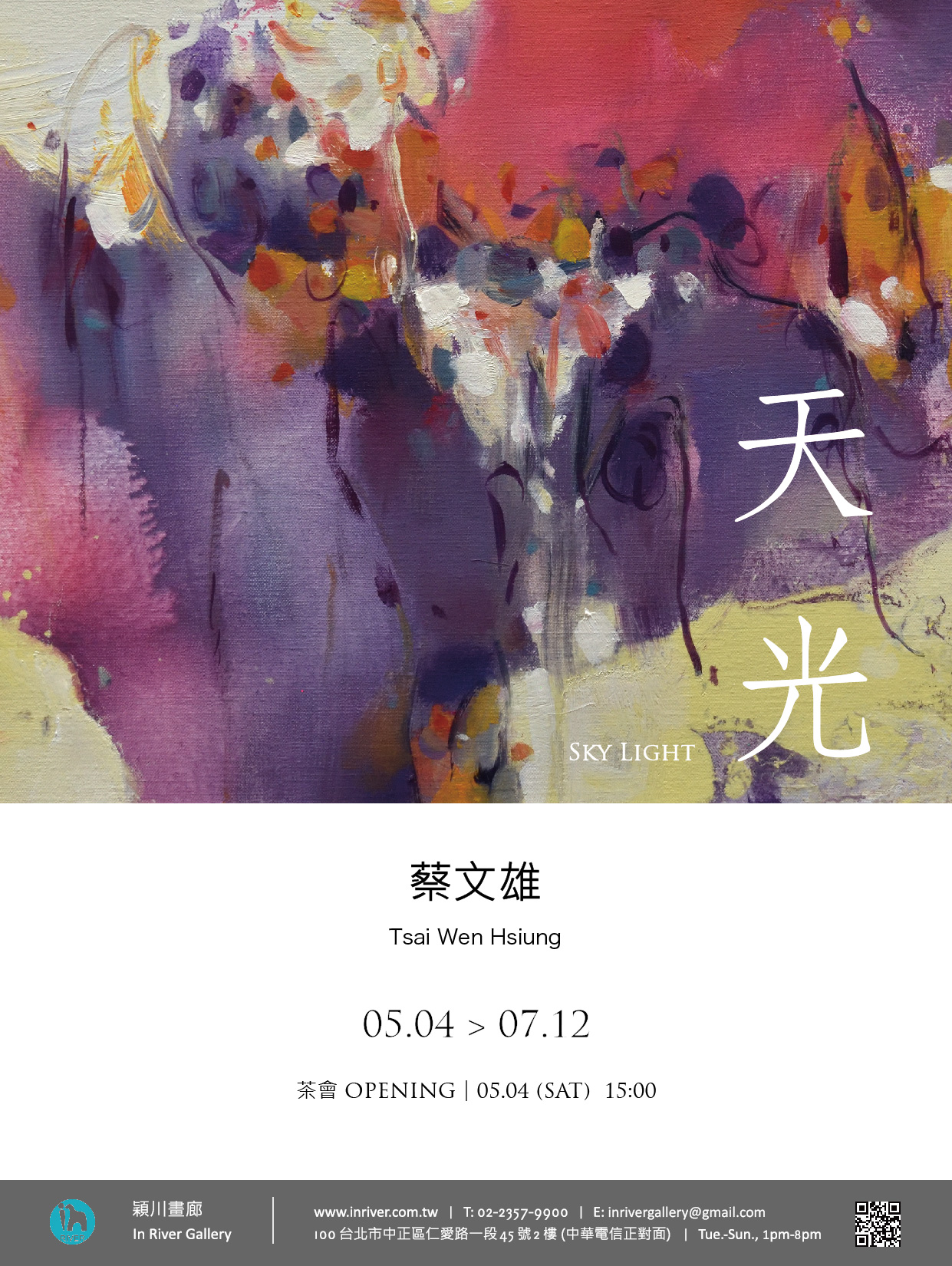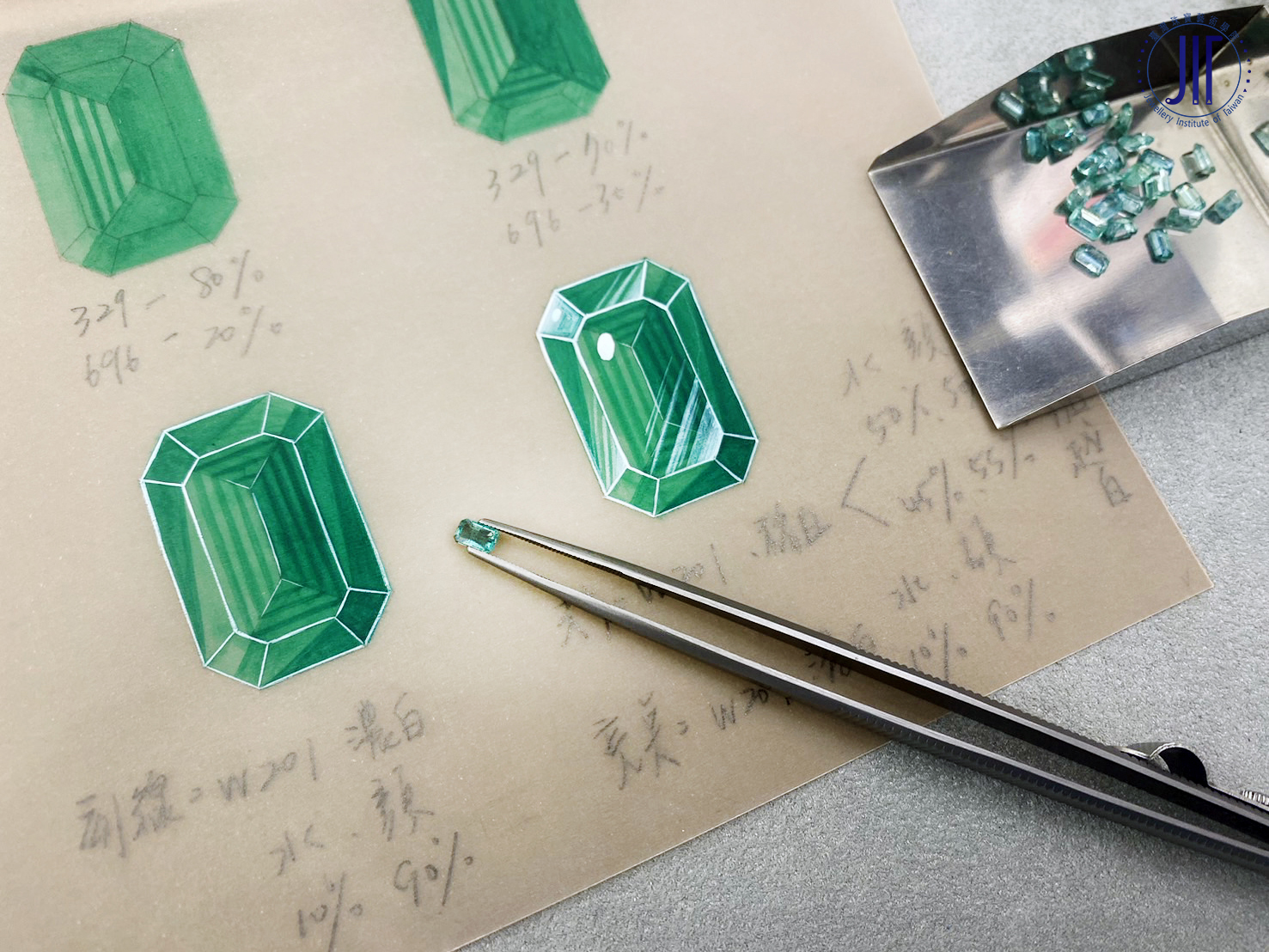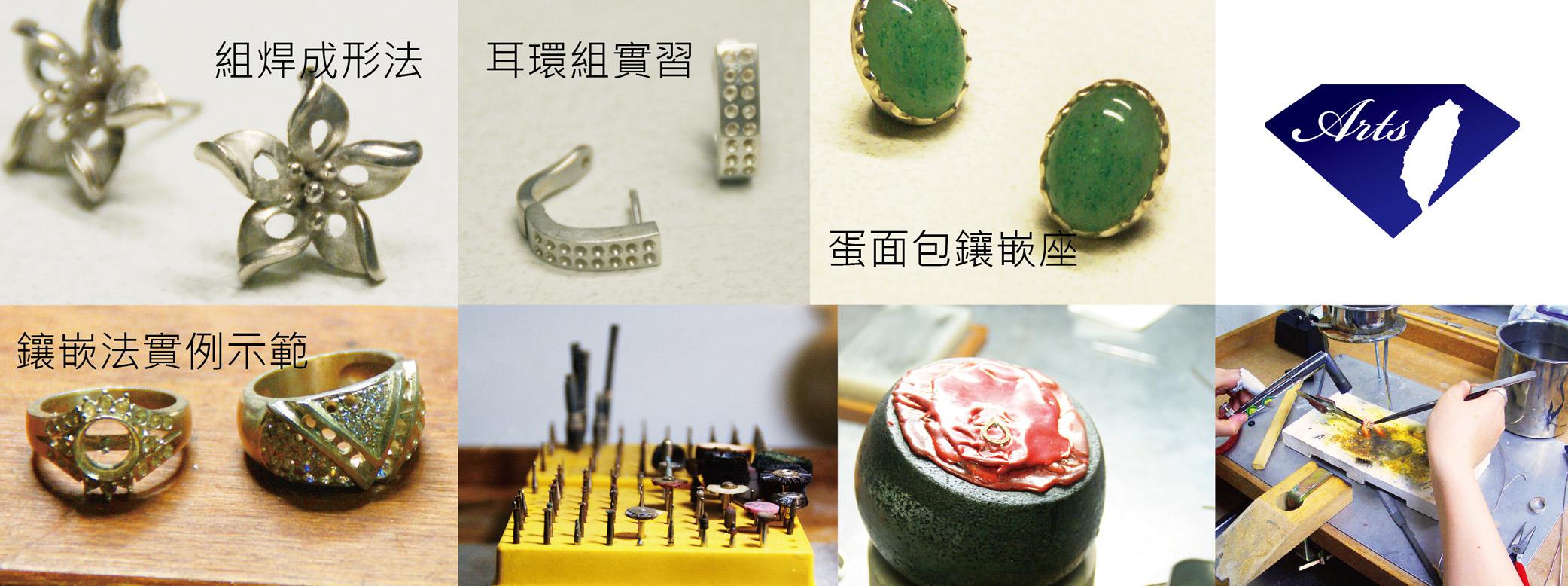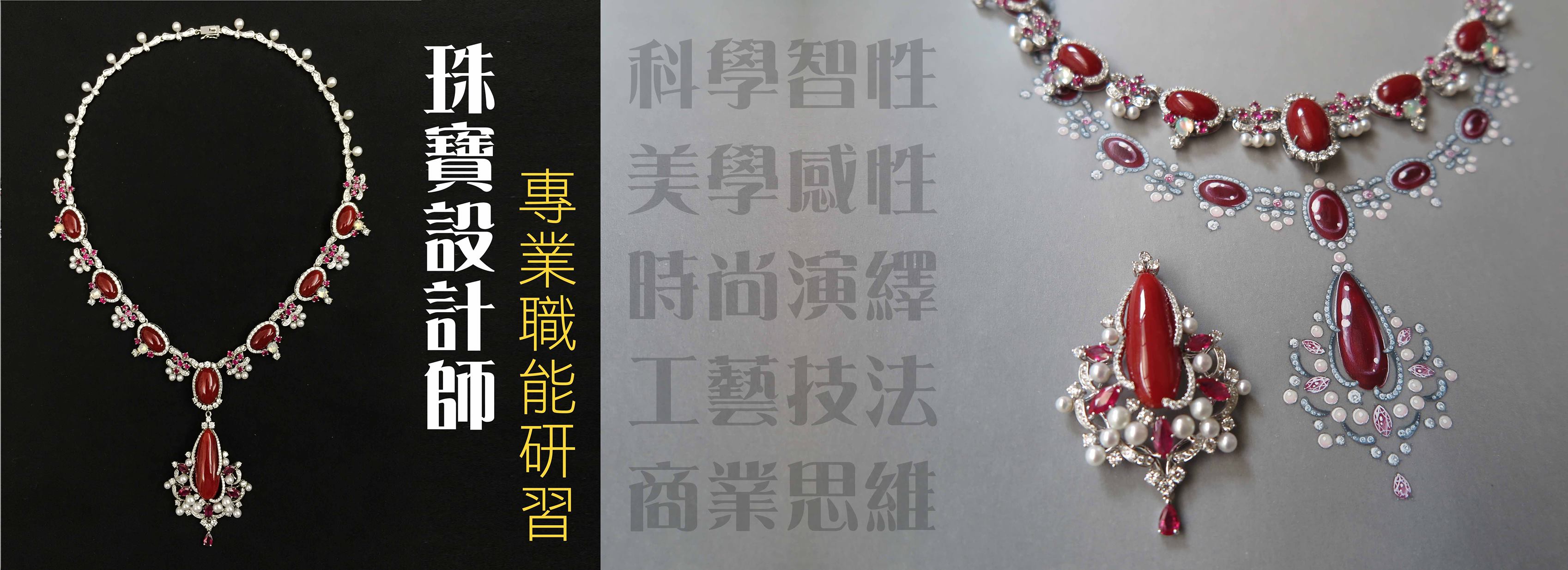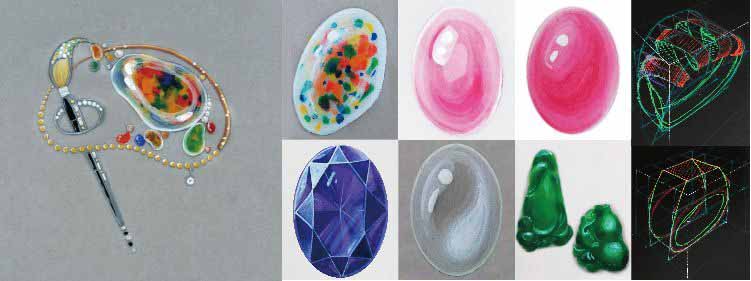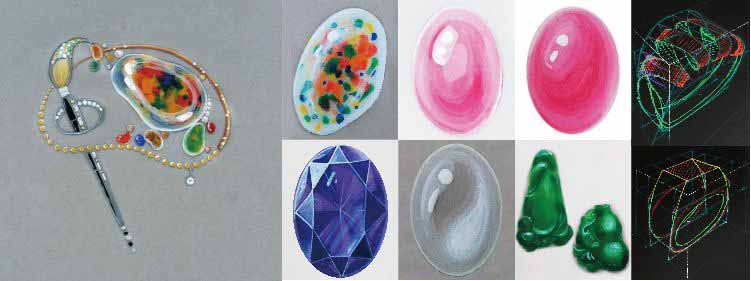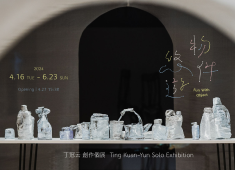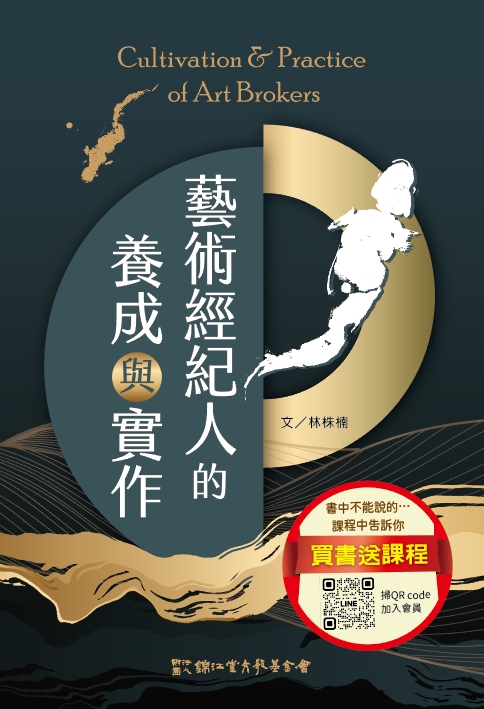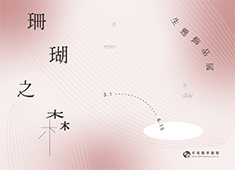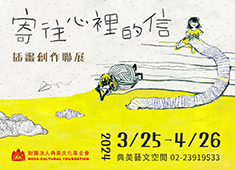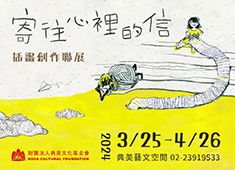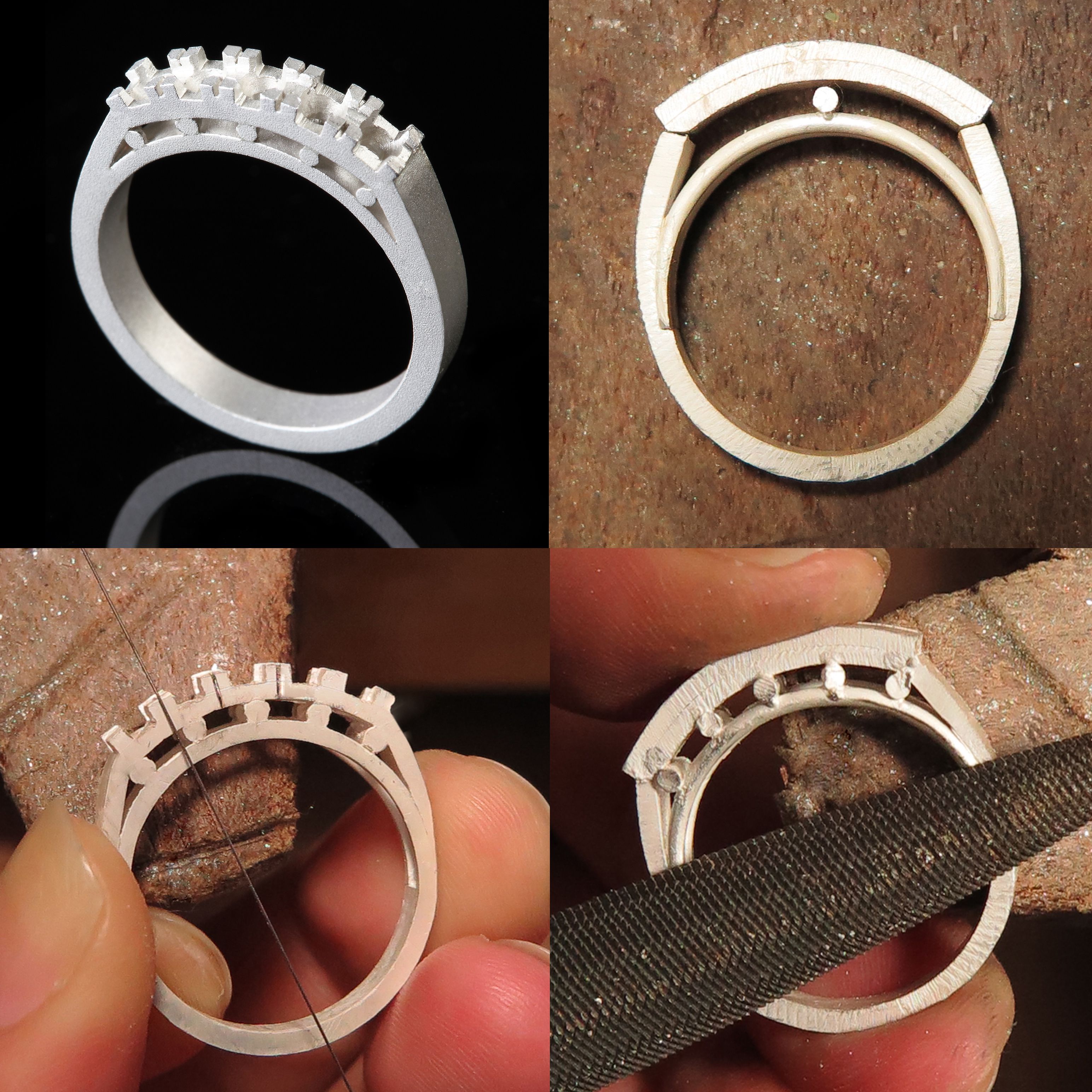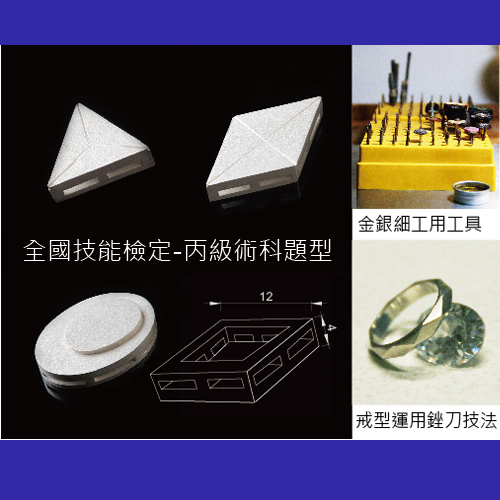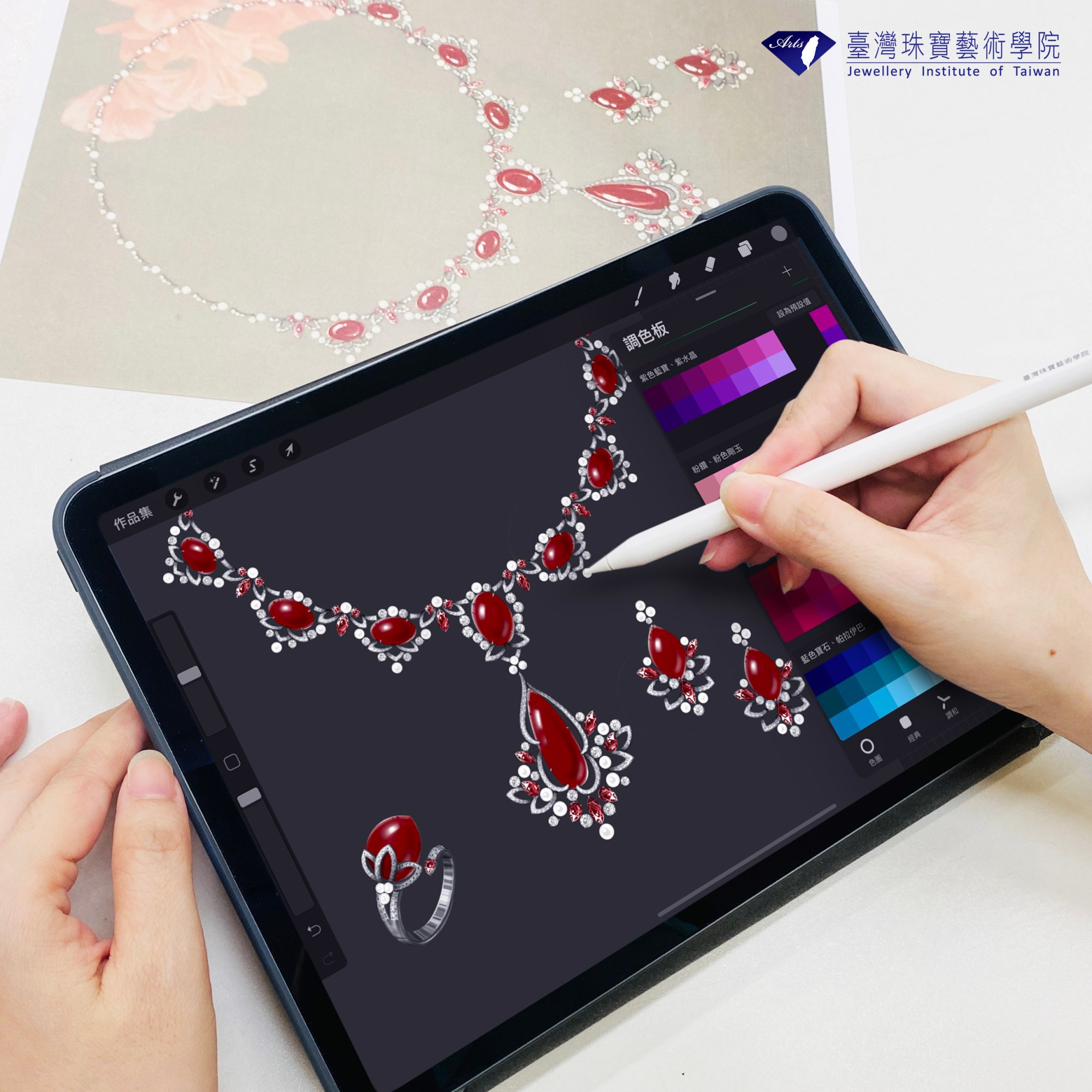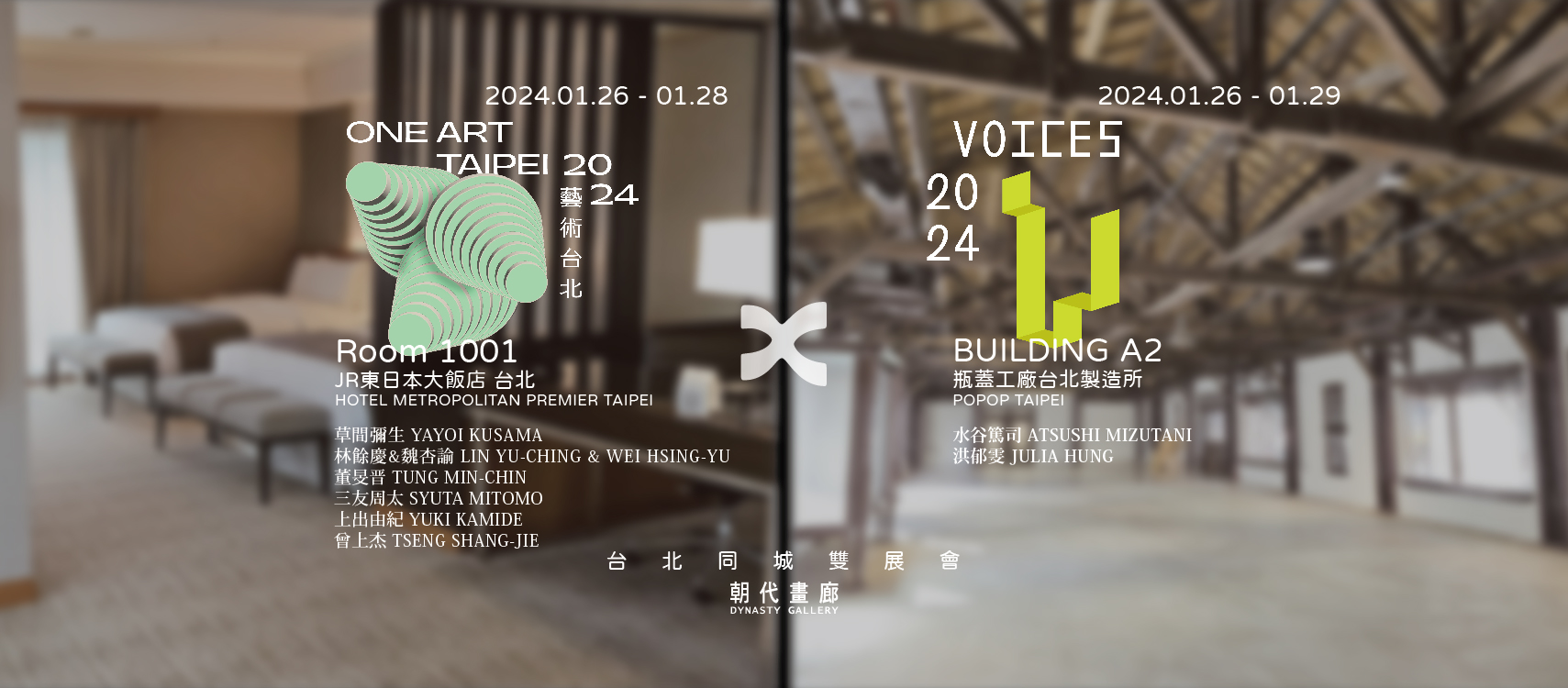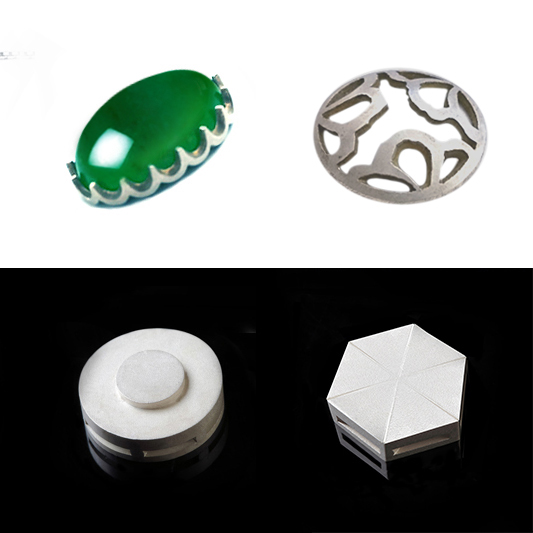谷公館當代藝術有限公司
台北市松山區敦化南路一段21號4-2樓
人的風景 婁燁 LANDSCAPE OF MAN LOU YE
聯合參展藝術家 宋琨/ 韋嘉/ 齊星
participating artists: song kun/ wei jia/ qi xing
展覽日期:2014年7月5日(六) 至8月17日(日)
開幕日期:2013年7月5日(六) 下午三時至六時
展覽地點:谷公館 (台北市敦化南路一段21號4樓之2. TEL 886 2 25775601)
Last for – 7.5(Sat.)-8.17(Sun.)
Opening – 3:00 pm-6:00pm, 5 July
Michael Ku Gallery, address - 4F.-1, No.21, Sec. 1, Dunhua S. Rd., Songshan Dist., Taipei City 105
谷公館很榮幸地宣布即於七月份舉辦的「人的風景」展覽。這是一個特別的展覽,針對婁燁的電影藝術為出發點,並與三位中國當代藝術家宋琨/韋嘉/齊星的作品相互對照與對話。展覽有幾個方向相互串連,其一是將導演電影裡的藝術展現出來,並且再創作,在展覽裡,將原本龐大的電影節合體,包括聲音,錄像,影像視覺,文字,手稿等等拆解成不同的區塊,進行解構。其二是將與導演創作精神相關聯的藝術家的作品同時放置在展覽中,從一個大的文化層面來看既是個別獨立的又是相互呼應的藝術創作與態度。
做為中國第六代導演的代表人物之一,婁導的電影一方面反映「人」,一方面反映人所處的背景與時代。人的深刻描寫與觀察出現一種普遍性與永久性,而人物背後的網絡又點出了當下的時代性與獨特性。例如電影《春風沉醉的夜晚》與《浮城迷事》,裡面的人的故事可能在全世界任何時代任何區域都會發生,而同時他講述的某種獨特的今日中國的各種現象(不是表象)又必須經由深刻的觀察才可能更精準,更能引發共鳴。
這樣的共鳴,在藝術的領域裡,也有不同形式的藝術家相互呼應。宋琨、韋嘉、齊星,三位70後與80後的藝術家,以繪畫的語言描繪人物。人物的探索很有趣,有時由內心的感觸與觀察擴大到外在的生存環境,有時又恰好相反,由外在的現實世界直接影響與反照進入人的思考與行為。在表現創作概念的方式上,三位藝術家都藉由「手」的描繪傳達畫面的具體的組成與型而上的內在的靈動。對於繪畫裡手感的探討,與婁導使用手持攝影機拍攝電影的概念,或許是相通的。它能表現意識之外不可預期的各種本能的可能性。
Michael Ku Gallery is pleased to announce the coming exhibition “Landscape of Man” in July. It is a special exhibition of introduction to the art of Lou Ye’s cinema and the art of three participating Chinese contemporary artists: Song Kun, Wei Jia and Qi Zing. Few directions are linked within the exhibition: one revolves presenting and further recreating the art of the filmmaker’s films; the original immense cinematic corpus including sounds, videos, visual and images, texts as well as manuscripts will be deconstructed in the exhibition into various sections. Another direction points to the juxtaposition of artists’ works that are associated with the spirit of the filmmaker’s creation, looking at independent yet mutually corresponding artistic creations and attitudes from a wider cultural dimension.
As one of the representatives of the sixth generation of Chinese filmmakers, Luo Ye’s cinema reflects ‘human’ on the one hand as well as his/her background and epoch on the other hand. A universality and permanence emerge from the profound depiction and observation of people whereas the network behind them further points out the particularities of the era to which they belong as well as its uniqueness. For example, stories of the characters in Spring Fever and Mystery can happen in any region or city on earth in any epoch. Meanwhile, the various and particular phenomena (rather than superficial presentations) in China today that the filmmaker relates have to undergo profound observation in order to become more accurate and to arouse sympathy more easily.
Corresponding expressions can also be found in art with artists using diverse forms. Song Kun, Wei Jia, Qi Xing, three artists born in the 1970s and the 1980s depict human figures through certain languages of painting. It is interesting to explore figures, sometimes extending from inner feelings and observation to reach external environment of existence. Sometimes it is just the opposite: the external world of reality directly affects and reflects unto human thoughts and behavior. On the level of expressing creative ideas, the three artists all convey the picture’s physical composition and metaphysical internal mental shifts through depicting ‘hands’. Discussions about the feel of hand in painting and Luo Ye’s idea of using hand-held camera in filming are probably approximate. The feel of hand can exhibit possibilities of diverse distinctions that are beyond expectation and consciousness.


